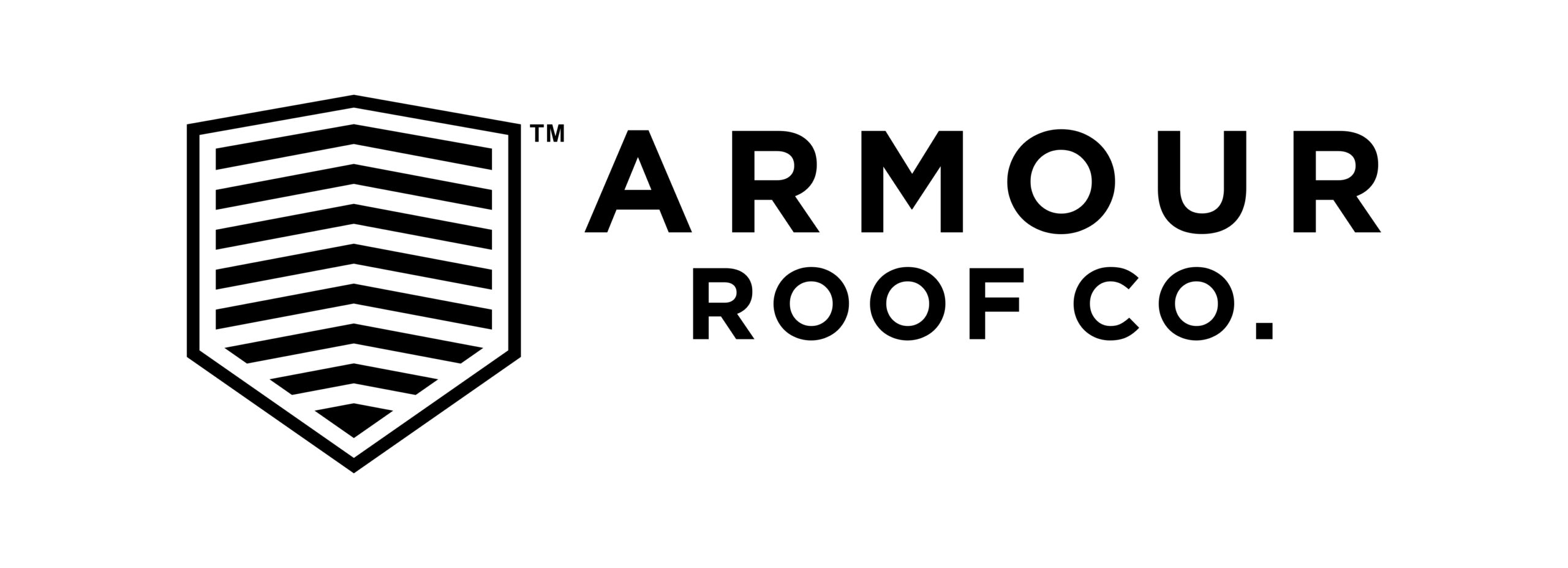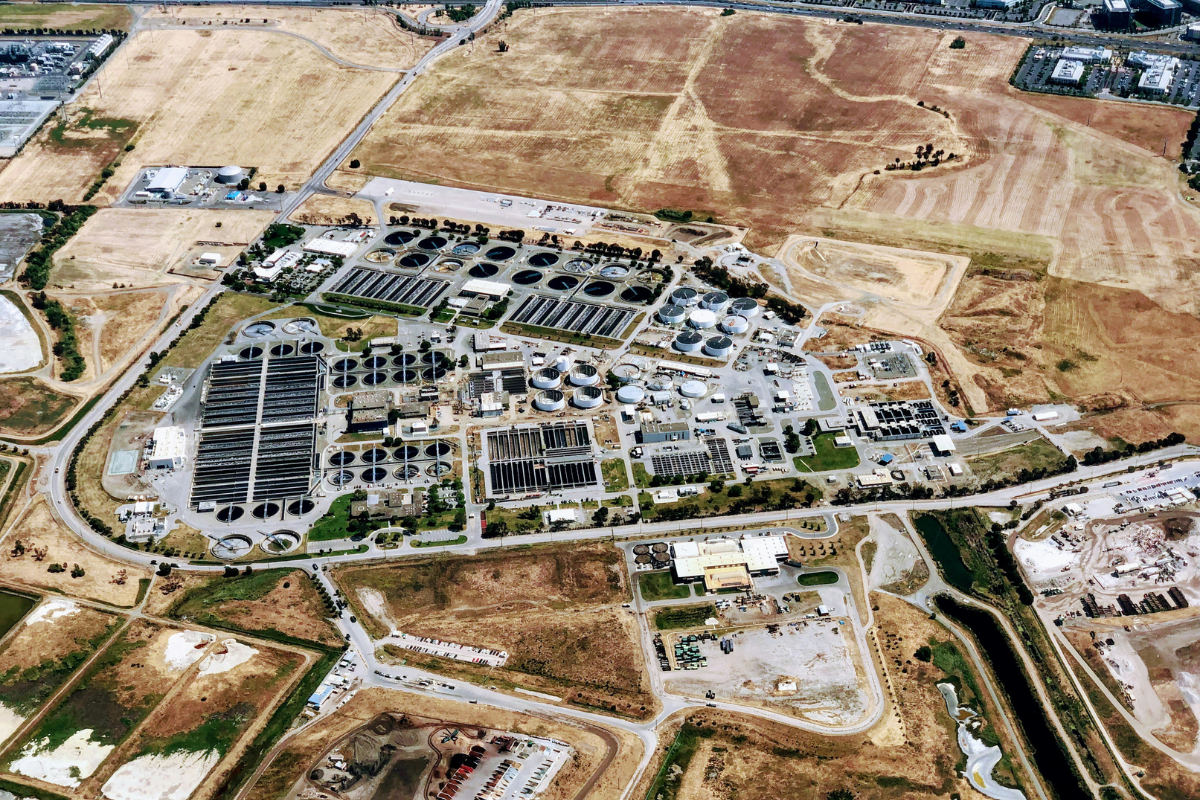A facility manager is responsible for overseeing the operations and maintenance of a building or group of buildings. This encompasses a wide range of duties, from ensuring the physical structure is in good condition to managing the people and resources within it.
Key Responsibilities
- Building Maintenance: This includes everything from routine cleaning and repairs to complex systems like HVAC, electrical, and plumbing.
- Space Management: Optimizing space utilization, allocating resources, and ensuring the building meets the needs of its occupants.
- Health and Safety: Implementing safety protocols, conducting inspections, and managing emergency procedures.
- Sustainability: Implementing environmentally friendly practices and reducing the building’s carbon footprint.
- Budgeting and Financial Management: Developing and managing the facility’s budget, negotiating contracts, and controlling costs.
- Vendor Management: Overseeing relationships with contractors, suppliers, and service providers.
- Staff Management: Leading and managing facility staff, such as maintenance workers and cleaning personnel.
What Are 4 Facility Managers Operations Must Haves?
The 4 Pillars of Facility Management, refer to the four tactical and critical areas that every Facility Manager needs to be in working order for smooth operations.
1. Who Are The People?
The first P, and perhaps the most crucial, refers to the staff, occupants, and anyone who interacts with the facility. As a facility Manager, it’s your responsibility to understand their needs and well-being and to create a safe, productive, and comfortable environment. This includes maintaining a welcoming atmosphere for clients and staff. By keeping your hand on the pulse of the people within your facility, you can ensure that you are doing your due diligence and making your facility appealing both internally and externally.
2. What Are Effective Facility Manager Processes?
This encompasses the systems and procedures in place to keep the facility running smoothly. It includes everything from preventive maintenance plans to emergency response protocols. Don’t just plan for when the going is good: plan your processes for seamless execution in different scenarios and proactively before problems arise. Does your process and communication work to the same standard for your work from home colleagues as it does for in person? It’s something to consider, as lots of work-from-home jobs are on the rise. It’s imperative that systems and SOP’s are thought out and every step and obstacle that can be calculated is.
3. What Are Physical Challenges?
This refers to the physical building and its surroundings. Facility managers are responsible for maintaining the building, ensuring it meets safety regulations, and optimizing space usage. Modern employees and tenants no longer accept the traditional 9-5 cubicle setup. They anticipate flexible work arrangements, breakout spaces, and additional value-added amenities. How’s your parking? Facility Management maintenance for the building isn’t always just the obvious; it’s the convenience and the happiness of those who access your space.
4. What Are Technology Best Practices For Facility Managers?
This involves using technology to automate tasks, improve efficiency, and collect data to make informed decisions about the facility. Think customized dashboards, workplace analytics, surveys, and detailed reporting.
Focusing your job into those four categories, helps you to zero in on the key goals to strive for for satisfaction in your facility. At Armour Roof Co, we love being able to see high level topics from a high level (sorry, roofing joke), and then turning those pillars into small, tangible strategies to push your business forward every day. Are we missing any? Let us know!




